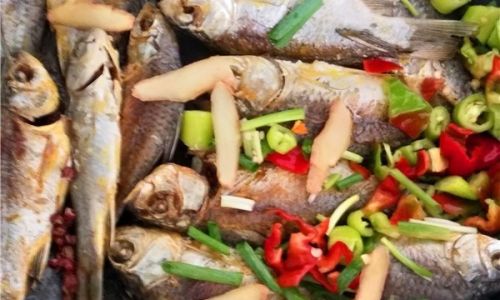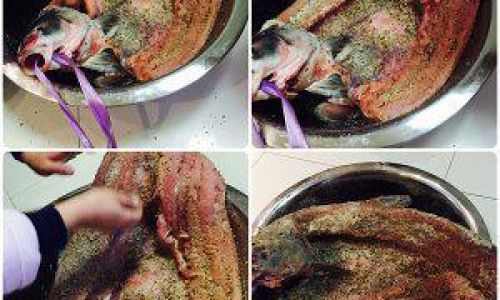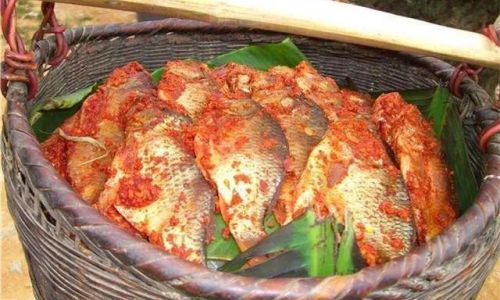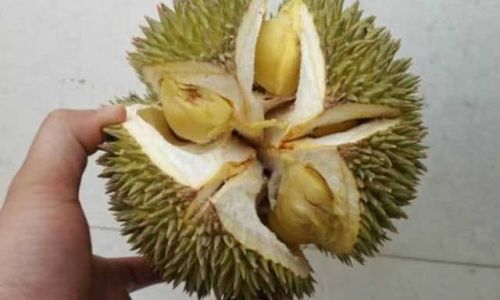Introduction
Preserved fish, a staple in many cuisines worldwide, offers a unique blend of flavors that can elevate any dish from mundane to extraordinary. Whether it’s the tangy, savory taste of salted fish from Scandinavia, the aromatic spices of Indian mackerel pickles, or the rich, umami-laden fermented fish sauce of Southeast Asia, preserved fish adds depth and complexity to meals. But how do you cook with these ingredients to bring out their best? This article delves into the world of preserved fish, exploring various methods and recipes that highlight its versatility and culinary appeal.
Understanding Preserved Fish
Before diving into cooking techniques, it’s crucial to understand the different types of preserved fish and their unique characteristics. Preservation methods vary widely, each impacting the final taste and texture of the fish.
-
Salted Fish: This is one of the oldest methods of preserving fish, involving covering the fish in salt to draw out moisture and prevent bacterial growth. Salted fish can be dried further to create a concentrated, intense flavor.

-
Smoked Fish: Smoking involves exposing fish to smoke from burning wood or other materials, which adds flavor and acts as a preservative. Smoked fish can range from mild to strongly flavored, depending on the smoking process and duration.
-
Fermented Fish: Fermentation uses natural bacteria to break down proteins and fats, creating unique flavors and textures. Examples include fish sauce (nam pla in Thai, nuoc mam in Vietnamese), and fermented fish like surströmming from Sweden.
-
Pickled Fish: Pickling involves immersing fish in a vinegar-based solution, which preserves it by creating an acidic environment hostile to bacteria. Pickled fish often has a tangy, sour taste.
-
Dried Fish: Drying fish removes moisture, making it less susceptible to spoilage. Dried fish can be eaten as a snack or used as an ingredient in various dishes.
Preparing Preserved Fish for Cooking

When working with preserved fish, proper preparation is key to ensuring the best flavor and texture. Here are some general guidelines:
-
Rinsing: Salted, smoked, and fermented fish can be quite salty or strong in flavor. Rinsing them under cold water can help reduce excess salt or surface bacteria.
-
Soaking: For heavily salted or fermented fish, soaking in water for a few hours or overnight can help balance out the saltiness and soften the texture.
-
Descaling and Deboning: If the fish still has scales or bones, remove them before cooking. This is especially important for dried fish, which can be brittle and difficult to handle.
-
Smell Check: Fermented fish can have a strong, pungent odor. If the smell is too intense for your taste, soaking in milk or a mixture of water and vinegar can help neutralize it.

Cooking Techniques and Recipes
Now, let’s dive into some cooking techniques and recipes that showcase the versatility of preserved fish.
Smoked Fish Platter with Mustard Sauce
Ingredients:
- Smoked fish fillets
- Fresh dill
- Lemon wedges
- Mustard (Dijon or whole grain)
- Olive oil
- Honey
- Vinegar
- Salt and pepper to taste
Instructions:

- Preheat your oven to 350°F (175°C). Place smoked fish fillets on a baking sheet lined with parchment paper.
- Bake for about 10-15 minutes, until heated through and slightly crispy on top.
- While the fish is baking, prepare the mustard sauce by mixing Dijon mustard, olive oil, honey, a splash of vinegar, salt, and pepper in a bowl.
- Serve the smoked fish with lemon wedges, fresh dill, and a drizzle of mustard sauce.
Salted Fish Fried Rice
Ingredients:
- Cooked rice (preferably day-old)
- Salted fish fillets, rinsed and shredded
- Garlic, finely chopped
- Shallots, sliced
- Eggs, beaten
- Peas, carrots, and bell peppers (optional, for added color and nutrition)
- Soy sauce
- Sesame oil
- Fresh parsley or cilantro, chopped
Instructions:
- Heat a wok or large skillet over medium-high heat. Add a tablespoon of sesame oil and swirl to coat.
- Add the shredded salted fish and cook until crispy, about 2-3 minutes. Remove from the wok and set aside.
- In the same wok, add another tablespoon of sesame oil. Add garlic and shallots, and sauté until fragrant.
- Pour in the beaten eggs and scramble until cooked. Add the cooked rice, peas, carrots, and bell peppers (if using). Stir-fry until heated through.
- Drizzle with soy sauce to taste and mix in the crispy salted fish.
- Garnish with fresh parsley or cilantro before serving.
Fermented Fish Sauce Stir-Fry (Nam Pla Pad Thai)
Ingredients:

- Rice noodles
- Shrimp, peeled and deveined
- Bean sprouts
- Green onions, chopped
- Garlic, finely chopped
- Shallots, sliced
- Fish sauce (nam pla)
- Tamarind paste or lemon juice
- Brown sugar
- Crushed peanuts
- Lime wedges
- Fresh cilantro, chopped
Instructions:
- Cook the rice noodles according to package instructions. Drain and set aside.
- In a small bowl, mix fish sauce, tamarind paste or lemon juice, and brown sugar to create a stir-fry sauce.
- Heat a wok or large skillet over medium-high heat. Add a tablespoon of oil and swirl to coat.
- Add garlic and shallots, and sauté until fragrant. Add shrimp and cook until pink and opaque.
- Add the cooked rice noodles, bean sprouts, and half of the chopped green onions. Pour in the stir-fry sauce and toss to combine.
- Serve garnished with crushed peanuts, lime wedges, remaining green onions, and fresh cilantro.
Conclusion
Preserved fish is a culinary treasure trove, offering a world of flavors and textures that can transform simple dishes into extraordinary meals. Whether you’re enjoying the smoky richness of a smoked fish platter, the savory comfort of salted fish fried rice, or the tangy excitement of a nam pla pad Thai, preserved fish adds a layer of complexity and depth that’s hard to resist. By understanding the different types of preserved fish and mastering a few basic preparation and cooking techniques, you can unlock a universe of culinary possibilities, bringing the essence of tradition and flavor to your kitchen. Happy cooking!






0 comments